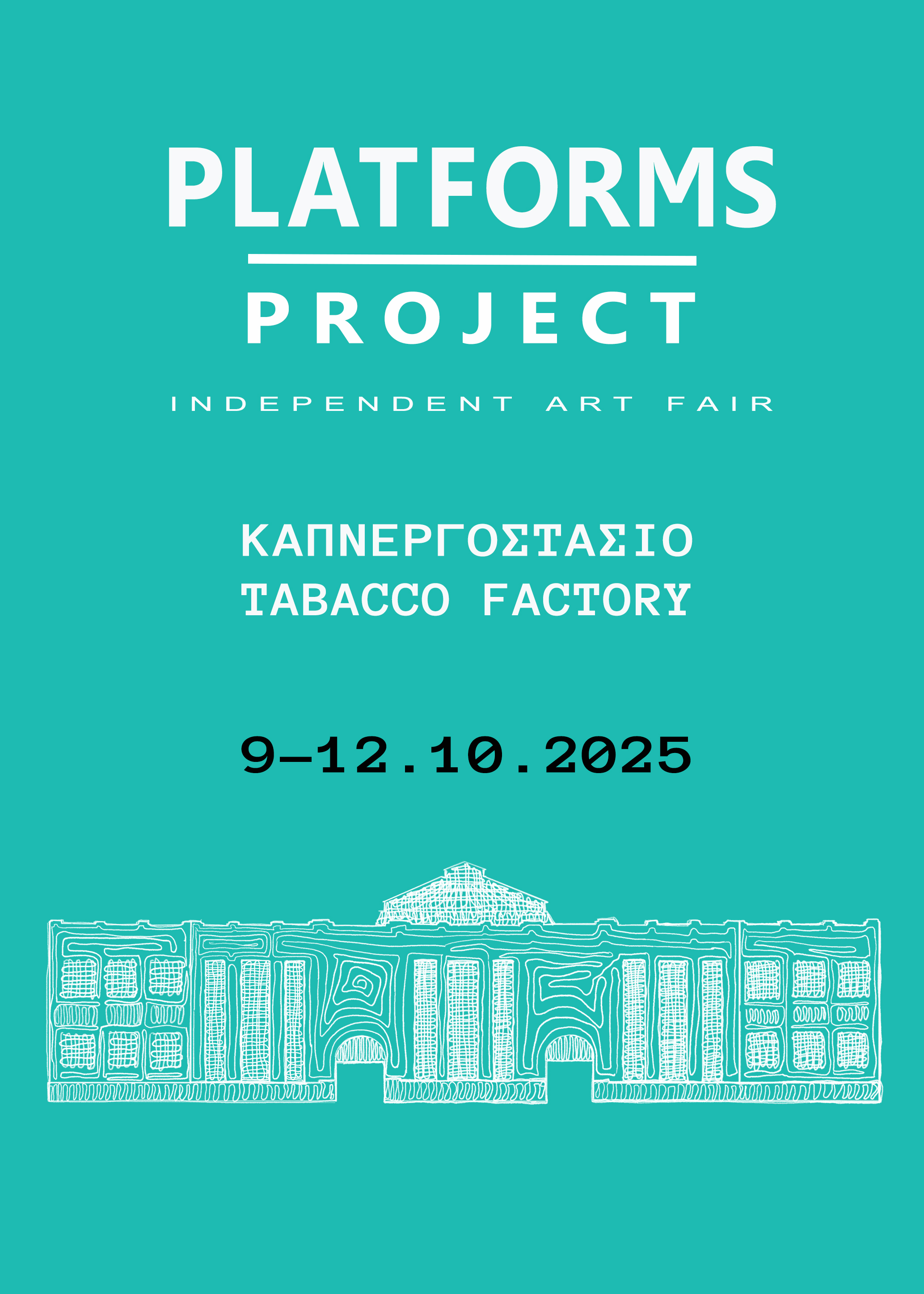Samson Rakas Seize the Night / k
I came upon a building site
like those where we had our first smokes
Prince
we, born in '78
the bat flew from my shoulder
I went in
like a maidservant who's about to comb for the first time
a word's long hair
the word is “paince”
a gypsy kid a boy a girl not sure
at the centre of the enormously high-ceilinged room
sat atop a pile
of white plastic chairs
I could see the gypsy kid high up
with its mouth wide open
in order to be fed by swallows
my mouth dried up
what should I do?
kneel? leave?
awe means your shadow kneeling first
and pulling you down forcefully
the next moment I was silently trying out my words
from the oesophagus up to my gums
and with dried larynx then enunciated them correctly:
“why did I come to paradise?
I never prayed”,
I asked
“they come to paradise
those who have shaken hands
with a gypsy”
was heard from high above
– translated by Panayotis Ioannidis
*
White plastic chairs — armchairs almost — usually bought from Rom sellers driving around in their open trucks, are a frequent sight in summer balconies and gardens in Greece. Seize the Night (2014), Samson Rakas's final version of his Psyttaleia project, is in 24 continuous sections of varying length, bearing as their titles each of the Greek alphabet's 24 letters. It was self-published, each copy being unique, as it consists of the poem in photocopied pages cut and pasted on pages of a second-hand book, the whole being stapled together and including colour photocopies of four beautiful illustrations by @apiastosleizer [“unstoppable laser” in Greek], portraying in tondo four characters appearing in this long poem. A fifth, the gypsy kid of section “k” presented here, adorns the cover — or perhaps I should say (since I have not seen the other copies), my cover: that of “monotype no. 509”.
While obviously toying with the number of rhapsodies in the two homeric epics, Seize the Night is a dizzying hybrid poem: part 'road-movie' in Athens (real and imagined) and its environs; part lyrical reflection with rhetorical and dramatic outbursts; bats, gypsies, names of real places and people, poetic and historical allusions, traverse it and contribute to an epiphany (situated more or less in the fragment given here) eventually leading to the poem's apocalyptic end. Its overall effect is mesmerising and impressive.
In Rakas' next book-length poem, Amperludahamin (2015, Ypokeimeno, Athens) the journey has been internalised, resulting in an even more masterful but equally idiosyncratic monologue. In 2017, there followed a much longer and ambitious book, Noone (Ypokeimeno, Athens).
Samson Rakas was born in 1981 in Piraeus, but grew up on the nearby island of Salamis. (Incidentally, Psyttaleia, mentioned in the first paragraph of these notes, is a small uninhabited island between Piraeus and Salamis: of historical significance, but also of current environmental importance, since it hosts Attica's sewage treatment plant.) Rakas also performs his poetry: on stage or (famously, over a long period) in his car with passengers who have asked for this poetic ride around Athens. He is the co-founder of Ypokeimeno Publications; the animating spirit of the highly original online journal and cultural events platform “1-2”; and the founder of “Academia Romantica”, building further on “1-2”'s mission of elaborating on unexamined historical documents, little-known or neglected poets, etc.

